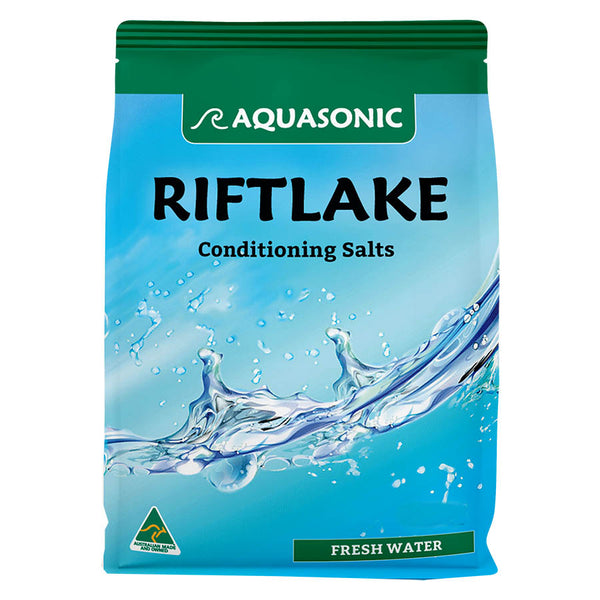You can buy Rift Lake mineral salts and add them to the water to increase the hardness (GH & KH) and pH. However, if you have hard water coming from the tap, you probably won't need it. If you can find out the GH, KH and pH of your water supply, it will tell us if you need to add anything. The pH dropping would suggest you do but we like to know the actual numbers so we can see how good or bad it is.
If you contact your water supply company by phone or internet, they should be able to tell you the GH (general hardness), KH (carbonate hardness) and pH of the water they supply to your neighbourhood houses.
If you can't get it from the water company, take a glass full of tap water to a pet shop and ask them to test it for you. Write the results down in numbers when they do the tests. You should also find out what the test results are measured in (eg: ppm, dGH, or something else).
-------------------
If you have soft water (low mineral content), then you can add Epsom salts and other minerals to increase the GH and KH. However, you need to know what the GH and KH are before and after you add the mineral salts so you don't cause problems to the fish by adding too much sodium, or too much magnesium, etc.
This is the Rift Lake water conditioner I used. I also had limestone rocks in the tank.
Shop The Tech Den Australia for a wide selection of aquarium products including Aquasonic Riftlake Water Conditioner 500g. Enjoy fast flat rate shipping. Orders ship in 1-2 days..

www.thetechden.com.au



